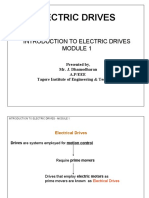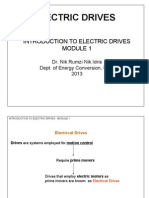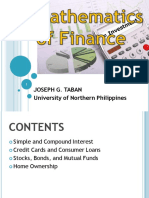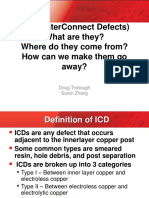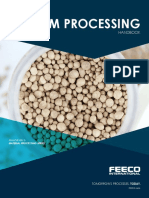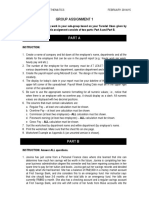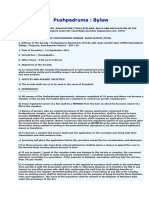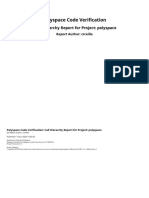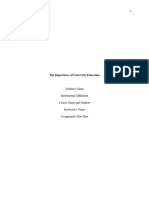0% found this document useful (0 votes)
27 views24 pagesIntroduction To Drive System
The document outlines a lecture on machine drives, focusing on drive systems, DC drives, and induction motor drives. It covers the principles of variable speed drives, their applications across various power levels, and the design considerations necessary for matching drives to mechanical loads. Key topics include torque-speed characteristics, feedback mechanisms, and the importance of understanding load requirements in electronic drive design.
Uploaded by
Hoshmand OsmanCopyright
© © All Rights Reserved
We take content rights seriously. If you suspect this is your content, claim it here.
Available Formats
Download as PDF, TXT or read online on Scribd
0% found this document useful (0 votes)
27 views24 pagesIntroduction To Drive System
The document outlines a lecture on machine drives, focusing on drive systems, DC drives, and induction motor drives. It covers the principles of variable speed drives, their applications across various power levels, and the design considerations necessary for matching drives to mechanical loads. Key topics include torque-speed characteristics, feedback mechanisms, and the importance of understanding load requirements in electronic drive design.
Uploaded by
Hoshmand OsmanCopyright
© © All Rights Reserved
We take content rights seriously. If you suspect this is your content, claim it here.
Available Formats
Download as PDF, TXT or read online on Scribd
/ 24























